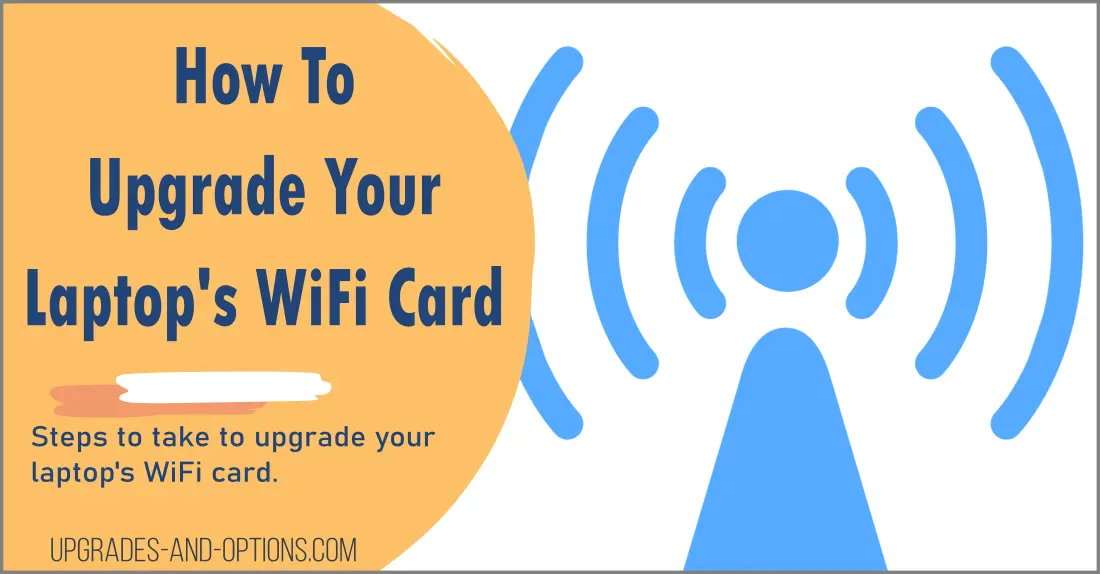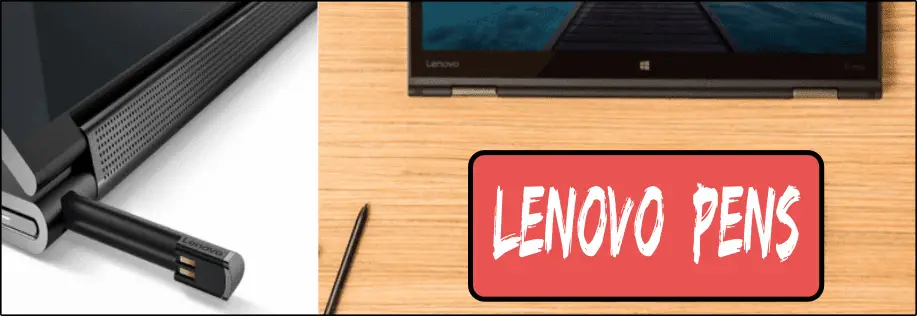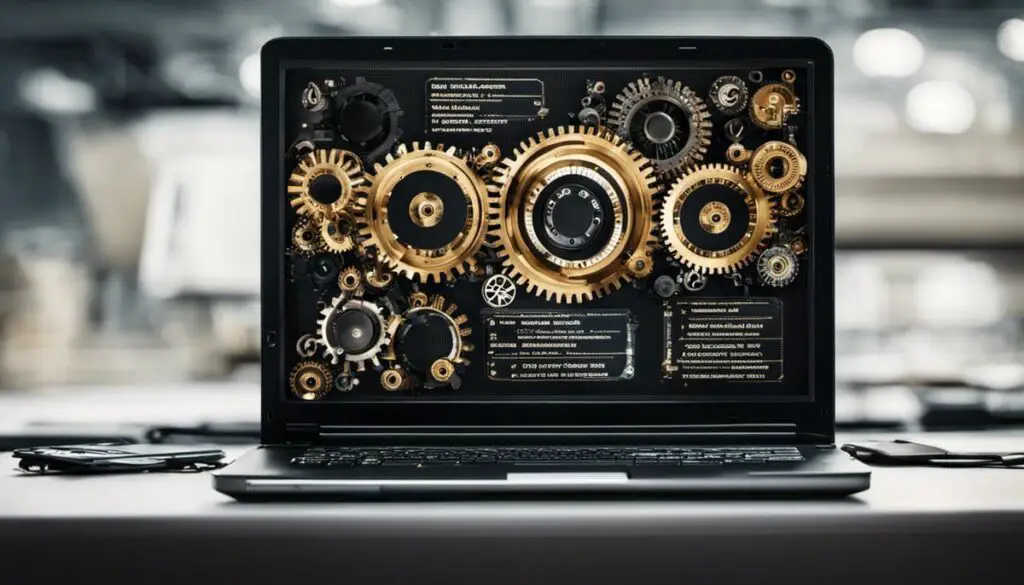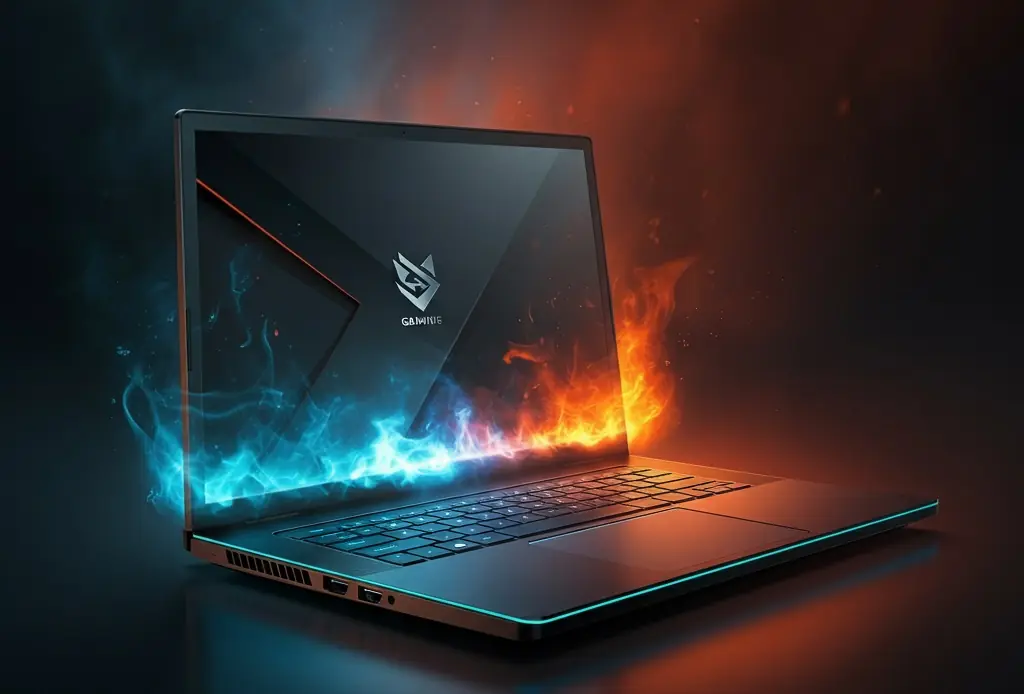- This article will teach you how to upgrade your laptop’s WiFi card.
- Most modern laptops that come with WiFi support already have a card installed. If you want to upgrade your current WiFi card or buy one for the first time, there are a few things to know to help you find the best card for your computer.
You can either upgrade your internal adapter or purchase a USB WiFi card.
The internal card is generally easy to install but requires opening up your laptop. The USB WiFi adapter is easy to plug in and does not require any installation or disassembly of your laptop.
- Why Upgrade Your WiFi Card?
- How To Upgrade Your Laptop’s WiFi Card
- Installing Your WiFi Card’s Drivers
- How To Choose a New WiFi Card
- How To Install a New WiFi Card?
- What Are The Potential Risks Of Upgrading Your WiFi Card?
- How To Troubleshoot Issues After Upgrading Your WiFi Card
- Can I Upgrade My Laptop To WiFi 6?
- Can I Upgrade My Laptop WiFi to 5GHz?
- Are all WiFi cards compatible?
- How Do I Know What Wireless Card Is In My Laptop?
THIS POST MAY CONTAIN AFFILIATE LINKS. As an Amazon Associate, I earn from qualifying purchases. PLEASE READ MY DISCLOSURE FOR MORE INFO.
Why Upgrade Your WiFi Card?
- If you are using a laptop, upgrading your WiFi card might be the answer to having faster internet speeds. This upgrade can help in many ways including gaming and video streaming.
- Your Laptop’s WiFi adapter may be outdated and unable to handle the demands of today’s internet uses.
What Are The Benefits Of Upgrading Your WiFi Card?
As to why you may want to upgrade, you will be able to get faster speeds with the new WiFi card. You may also be able to connect to a greater number of wireless networks, depending on your laptop and the capabilities of the new WiFi card. Plus, you will be able to use more modern WiFi security protocols, such as WPA2.
Laptops are great for portability but they do not always have the best WiFi card. Upgrading your Laptop’s WiFi card is a simple process that can make a huge difference in your internet experience.
The process is:
- Remove the back cover.
- Locate and unscrew the WiFi card from its socket.
- Insert the new WiFi card.
- Close up and turn on your computer.
- Install device drivers for your new adapter if needed.
How To Upgrade Your Laptop’s WiFi Card
To upgrade your laptop’s internal WiFi card, you will need to remove the back cover, locate the adapter, unscrew it, and install the new one. The process is pretty straightforward on most laptops. Remember to check for and install new device drivers as well for the new WiFi card.
First, you need to find a compatible WiFi card that will fit in your laptop. This will be based on the size of your laptop, as well as what WiFi standard you need to connect to (802.11a/b/g, 802.11ac, or 802.11ax).
Next, you need to install the WiFi card on your laptop. This will vary based on how difficult it is to open up your laptop and how easy it is to upgrade the WiFi card.
Finally, you need to configure your new WiFi card to connect to the wireless network of your choice.
What You Will Need:
If you want to upgrade your laptop’s WiFi card then you will need the following things:
- A screwdriver.
- An external USB WiFi card or internal card.
- And a wireless router.
A screwdriver is needed to open up your laptop so that you can upgrade the internal WiFi card.
An external USB WiFi card or an internal card is needed so that you can upgrade your laptop’s WiFi card.
A wireless router is also needed because it allows you to connect to the Internet wirelessly, and since this article focuses on upgrading your laptop’s WiFi card, you will need a wireless router.
How to Upgrade Your Laptop’s WiFi Card:
Step 1: Get the Right Card for Your Laptop
The first step is to get the right WiFi card. You can do this by looking at your laptop’s manufacturer’s website and finding out which type of WiFi card it uses.
Step 2: Remove Your Laptop’s Old WiFi Card
The next step is to remove your laptop’s old WiFi card. You can do this by removing the screws that hold it in place, and then pulling on the card until it comes out.
Step 3: Install Your New WiFi Card
The next step is to install your new WiFi card. You can do this by putting it in the slot where you removed your old WiFi card, and then screwing it in place.
Step 4: Connect to Your Wireless Router
The final step is to connect to your wireless router. You can do this by opening up the WiFi settings on your computer and connecting to the SSID of your router. After you have connected, you should be able to browse the Internet wirelessly.
ALSO READ: How To Use Your Laptop As WiFi Hotspot
Installing Your WiFi Card’s Drivers
You may need to install device drivers for the new WiFi card to make it work. Windows might automatically detect the card and install drivers for you, however. To check whether the driver is installed, open Device Manager. The WiFi card should be listed there, with a small yellow question mark next to it if no drivers have been installed yet.
Before you begin
- Follow the instructions that came with your card to install its drivers.
- If you’re not using the card with a compatible router, you won’t be able to maximize its performance.
Installing the drivers
- Go to the laptop’s manufacturer’s website and look for the drivers for your card.
- Install the drivers.
- Restart your computer.
- Download the drivers for your card before installing it.
How To Choose a New WiFi Card
Types of WiFi cards
- Internal WiFi card
- External USB WiFi adapter
Choosing between an internal WiFi card and an external USB WiFi adapter will depend on your laptop. If you have a laptop with an internal WiFi card, then you can simply upgrade the card. However, a USB card is easier to install and doesn’t require you to open up your laptop.
Compatibility
Make sure that the card you choose is compatible with your laptop. You can check this by looking at the laptop’s manual or doing a quick online search.
Speed
The next thing to consider is the speed of the card. Make sure to choose a card that is at least 802.11ac. This will give you the fastest speeds possible.
Price
Finally, you need to consider the price of the card. Make sure to compare prices between different cards to get the best deal.
How to identify the right card for your laptop
- Search the internet for your laptop model number and the type of internal cards it supports.
- If the adapter is not on the whitelist then the computer may not start and give an error. The BIOS in your laptop may not recognize the card even if it is the correct slot type.
- If the adapter is not on the whitelist and drivers are not available then BIOS flash updates may be an option.
How To Install a New WiFi Card?
Step-by-step guide
- Preparing your laptop
- Insert the WiFi adapter
- Connect the WiFi adapter to your laptop
- Click the WiFi icon in the system tray
- Select the network you want to connect to
- Enter the password for the network
- Click Connect
- You’re now connected to the network
Tips and tricks
If you’re having trouble connecting to the network, make sure that you’re within range of the router.
You can also try restarting your laptop and the router.
See my other article on how you can increase your upload speed to enjoy a faster online experience.
What Are The Potential Risks Of Upgrading Your WiFi Card?
Risks
- There is a risk that the card might not be properly recognized by the laptop.
- There is a risk that the drivers might not be properly installed.
- There is a risk that the card might not work properly.
How to avoid risks
- Check your laptop’s support page to ensure the WiFi card is compatible.
- Download the drivers before you swap cards.
- Make sure you find the option to disable windows update of your drivers.
What to do if something goes wrong
- If the card is not recognized, try restarting your laptop.
- Check if a firmware update is available for the new card.
- If the drivers are not installed, try manually installing them from the support page.
How To Troubleshoot Issues After Upgrading Your WiFi Card
Check for driver updates
- Update your WiFi driver.
- Check for firmware updates.
- Check for software updates.
Check for hardware compatibility
- Check for hardware compatibility with your WiFi card.
- Upgrade your WiFi card if necessary.
Check for signal interference
- Make sure there is no interference from other electrical devices in the area.
- Try moving the router to a different location.
- Try a different network card.
- Try a different WiFi router.
Can I Upgrade My Laptop To WiFi 6?
What is WiFi 6
- WiFi 6 is a new standard for WiFi that will improve data speeds and has an increased bandwidth. It’s also more efficient, so it will save battery life on your devices.
- WiFi 6 is backward compatible, so you’ll still be able to connect to older devices. However, you’ll get the best speeds when connecting to other WiFi 6 devices.
- You will need a WiFi 6 compatible router.
- Note that not all devices and apps are compatible with WiFi 6 yet.
Benefits
- The improvement will also make 2.4GHz networks faster, which are typically slower but better at penetrating solid objects like walls.
- Can upgrade wifi card: The laptop can be upgraded with a new wifi card.
Can I Upgrade My Laptop WiFi to 5GHz?
If you want to upgrade your laptop WiFi to 5GHz, you will need to check for compatibility with your device.
Are all WiFi cards compatible?
No, not all WiFi cards are compatible with all laptops. You’ll need to check your laptop’s support page to see if it’s compatible with the WiFi card you want to use.
How Do I Know What Wireless Card Is In My Laptop?
There are three ways to find out what wireless card is in your laptop:
Check the manufacturer’s website
- Checking the manufacturer’s website to see if the wireless card is compatible with your laptop
- Checking the manufacturer’s website for the card’s specs
Check the device manager
- In Windows 10, open the “Start” menu and type “Device Manager”.
- In the “Device Manager” window, open “Network Adapters”, and the WiFi adapter will be listed.
Identify the card physically
- Look for a wireless card with “Intel Wireless” in the name.

J.S. is the owner, content creator, and editor at Upgrades-and-Options.com. I’ve worked in the IT and Computer Support field for over 20 years. The server hardware in my computer labs has mostly been IBM, but I’ve supported Dell, HP, and various other hardware. In addition, as part of my lab administrator responsibilities, I’ve learned, supported, and repaired/upgraded network hardware such as Cisco routers and switches. READ FULL BIO >>
Latest Posts:
- How Quantum Computing Could Impact Everyday LaptopsQuantum computing may sound like science fiction, but its potential to revolutionize technology is very real. Unlike classical computing, which processes information using bits as 0s and 1s, quantum computing leverages the strange and exciting principles of quantum mechanics — like superposition and entanglement — to perform calculations at speeds previously thought impossible. This unprecedented power isn’t just about tackling complex simulations or advancing… Read more: How Quantum Computing Could Impact Everyday Laptops
- What Is The Difference Between Lenovo’s Pens? (with Part Numbers)Do you ever find yourself writing with an old-school pen or even worse a pencil? As you pry your fingers off that last-century writing device, ask yourself if there isn’t a better way. Well ask no more, there is a whole world of digital pens out there just waiting for you to discover.I went through this same process and wanted to find out about… Read more: What Is The Difference Between Lenovo’s Pens? (with Part Numbers)
- How To Wipe A Hard Drive Clean: 4 easy stepsWipe it Clean: The Ultimate Guide to Erasing Your Hard Drive Safely and Effectively To wipe a hard drive clean, follow these 4 steps to securely and thoroughly delete all your data. Learn the different methods, tools, and tips to ensure a complete wiping of your hard drive. How To Wipe A Hard Drive Follow these 4 steps to wipe your hard drive. 1.… Read more: How To Wipe A Hard Drive Clean: 4 easy steps
- Maximize Laptop Performance: Mastering OverclockingExploring Laptop Overclocking: My Personal Journey In an era where digital technology is at the heart of nearly all our activities, the performance of our laptops significantly impacts our productivity, gaming experience, creativity, and even our learning processes. Maximizing laptop performance isn’t just about getting tasks done faster, but it’s also about efficiency and reliability. A well-optimized laptop offers a seamless user experience, reducing… Read more: Maximize Laptop Performance: Mastering Overclocking
- Ultimate Guide to Gaming Laptop Heat ManagementImmediate Answer Gaming laptops naturally run hot due to their powerful components packed in a compact design. However, excessive heat can throttle performance, shorten the lifespan of your device, and even cause hardware failures. To manage heat effectively, ensure proper airflow, clean internal components regularly, and, if needed, adjust system settings like undervolting or apply fresh thermal paste. Quick Heat Management Tips: Follow-Up Questions:… Read more: Ultimate Guide to Gaming Laptop Heat Management







